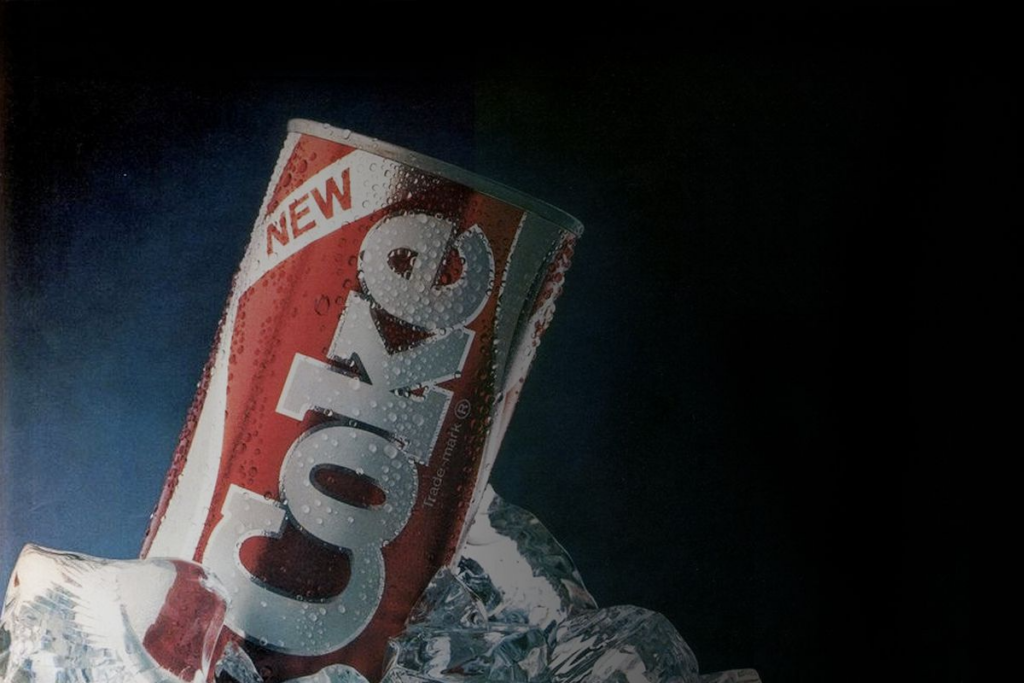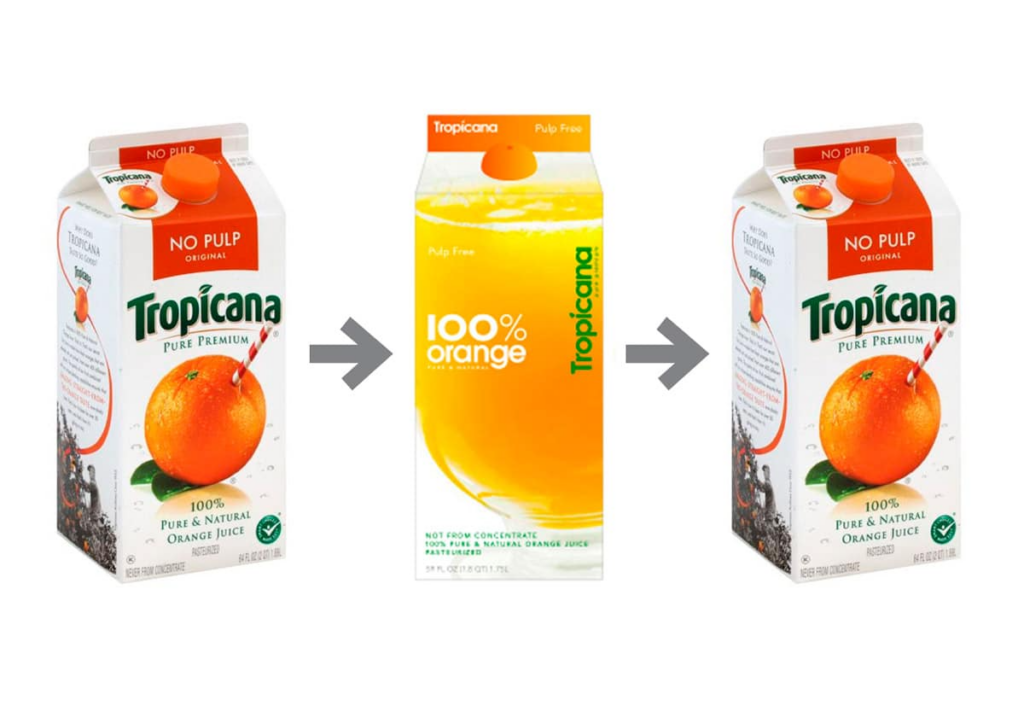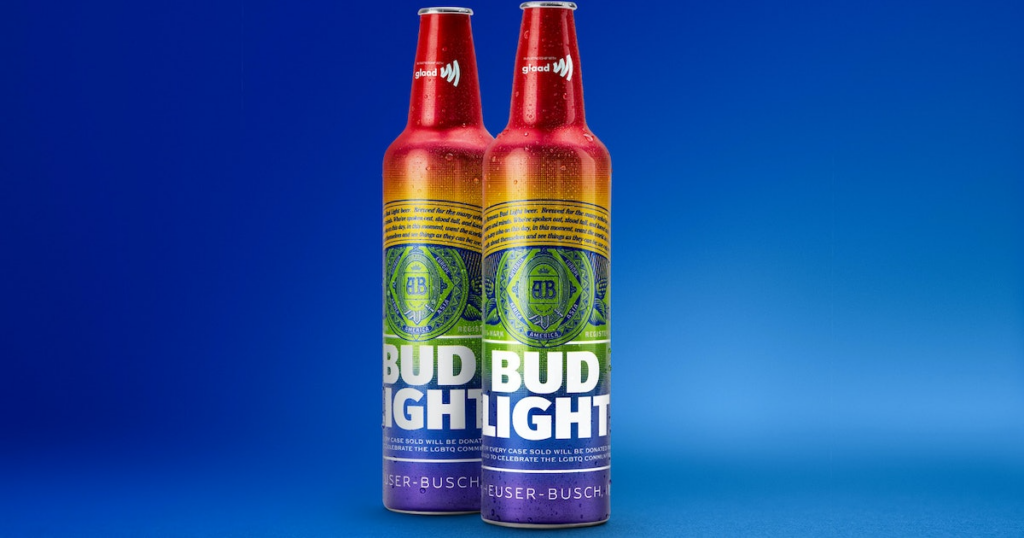Epic Brand Fails: Three Blunders that Tanked Brand Equity

With every failure comes a lesson, and we’ve compiled a list of some of the biggest and most famous marketing and branding blunders that tanked brand equity.
Every brand is carefully built over time. But strong as they may be, even the biggest brands in the world walk a fine line. Every new or updated product, every marketing campaign, every sponsorship the brand undertakes represents an opportunity to reinforce or further build brand equity—but each one brings the possibility of failure, turning into something that can harm the brand. And often, when things go wrong, they can go very, very wrong.
Though these are cautionary tales, they’re not meant to scare you or your brand away from taking chances, pushing the envelope, or standing for your values or beliefs.
As you’ll see, the key lies in making sure to not lose sight of its overall business goals, and to always make sure the brand and its customers are meaningfully connected.

Coca-Cola’s New Coke: Overcompensating
In 1985, under pressure from upstart (disruptor?) Pepsi, and on the back of a massive advertising campaign, Coca-Cola, made a monumental decision to change the formula of its iconic soda. The public backlash was swift and fierce, causing the brand to pull New Coke from shelves and go back to its tried-and-true formula after less than just three months.
It’s understandable that Coca-Cola could think it needed to change something after it started losing market share to a competitor. But Coke’s decision was wrongheaded — instead of trying to remind people why they loved Coca-Cola in the first place, the brand decided to try and be something else.
Despite shrinking market share, hundreds of millions of people around the globe still loved Coca-Cola. The brand responded to a dip with a panic move, one that temporarily destroyed the emotional connection people had with the brand.

Tropicana’s Packaging Redesign: Less is More
You can probably picture it in your head. When you hear “Tropicana,” you think of the iconic carton featuring the image of a straw stuck right into an orange. In 2009, Tropicana made the curious decision to revamp its packaging design to create a more modern look. In retrospect, it’s not shocking, but the new design was not a hit. Worse off than simply being a replacement for an iconic look and feel, customers reported not being able to find the product on shelves anymore. Tropicana soon reverted to the original and hasn’t looked back since.
The lesson from Tropicana’s packaging redesign is that familiarity and consistency are essential elements of brand identity. Once you’ve done the intensive legwork necessary to create an iconic look and feel, you’d better be very sure that changing it is the right thing for the brand. And if you do feel the need to change, a subtle or gradual change is a much safer idea. And perhaps most importantly, communication is key. These days, brands have no shortage of outlets to hear directly from customers. Make sure to involve your customers in any major branding changes.

Southwest Airlines’ Operational Meltdown: Communication For Crises
In February of 2021, Southwest Airlines experienced a major operational meltdown due to a combination of winter storms and technical glitches. It was as much bad luck as anything. As a result, thousands of flights were canceled or delayed, leaving passengers stranded and frustrated.
The company’s response was slow and inadequate, leading to a wave of negative feedback that trended on social and made headlines. Many customers vowed never to fly Southwest again, citing poor communication, lack of empathy, and a failure to prioritize safety and comfort.
The lesson from Southwest Airlines’ operational meltdown is that, as much as technology has upended the way we interact with brands, customer service remains imperative. Things will happen that are out of your control that could affect your brand. Customers understand that. But they expect a brand to be prepared, communicative, and true to the brand’s promise. Loyalty is a two-way street, and a brand that doesn’t earn trust in the toughest of times will find itself struggling to retain its customers after a crisis—even if it’s not the brand’s fault.

Bud Light: What’s The Lesson?
You’ve likely heard of the recent controversy surrounding Bud Light, who sent a bottle of their product to a host of LGBTQ+ influencers—a popular transgender influencer received a gift bottle designed with the transgender flag on it. Though this wasn’t a full-on brand redesign or campaign that went across the entire brand’s product line, the gift bottle went viral in the wrong way. Conservative influencers and media picked up on it and began a boycott campaign. It picked up enough steam that Bud Light responded with a statement and made changes to its marketing teams.
The Bud Light controversy is still new, and it’s possible we haven’t seen all the ramifications of it quite yet. As Pride Month is on the horizon, we’re sure to see more brands create campaigns celebrating LGBTQ+ culture. How they handle it and how critics respond will be worth watching.
The key is to understand that we find ourselves in a politically and socially volatile time. Passions are seemingly at an all-time high. Does this mean brands should shy away from taking stands on social issues? Far from it. In fact, younger consumers prefer brands that do not stay silent.
But as a baseline, every brand that wades into any political or social issues should be prepared for backlash. Play out all the possible scenarios and have plans for how different responses will be handled. It’s impossible (or, at the very least, unreasonable) to prepare for every single possible outcome, but it’s important to be as prepared as possible.
Whether that means you reverse course like Bud Light or double down, understand the implications of all your potential avenues—and whoever you opt for, go with confidence.


